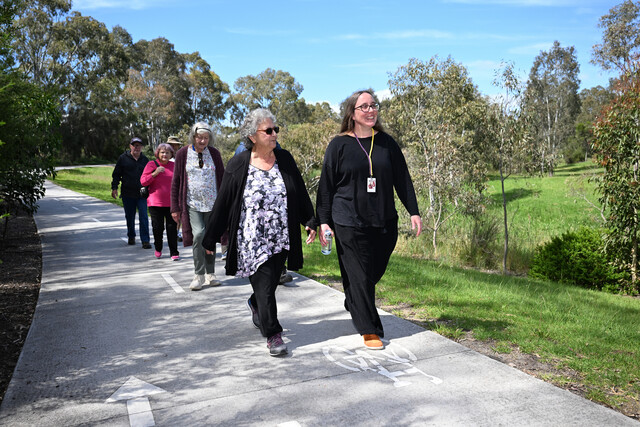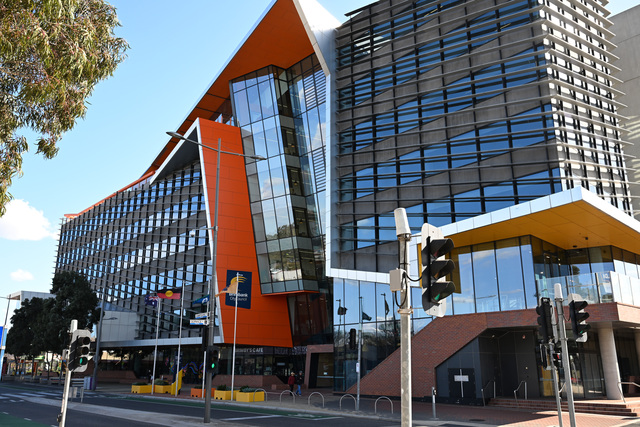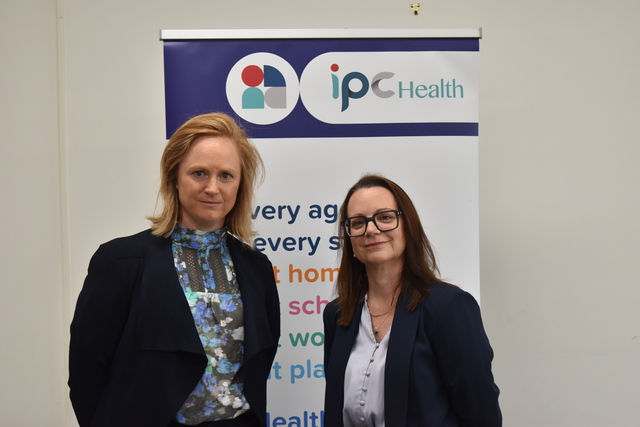Victoria is outshining Queensland as the No.1 destination for Australians moving interstate.
New Bureau of Statistics figures show 32,720 Australians moved to Victoria in the six months to September, offset by the departure of 28,840 Victorians to other states.
Victoria’s net intake of 3880 surpassed Queensland’s 3190. Until 2012 Queensland was the No.1 destination for Australians moving interstate. It was roughly level with Victoria in 2013.
NSW continued to bleed residents interstate in the six months to September, losing a net 2810. South Australia lost 1310 and Western Australia lost 210.
The immigrants to Victoria were most likely to have come from NSW, Queensland and Western Australia. Those states were also the most popular destination for Victorian emigrants.
Overseas migration brought in a net 23,657 new residents. Victoria is Australia’s second biggest destination for migrants after Sydney, taking in just over one quarter of all new arrivals.
“It wasn’t long ago that Victorians was losing population to other states in the same way as NSW,” said University of Queensland demographer Martin Bell. “But things are evening up. The differentials between jobs and house prices are narrowing. Internal migration to Queensland is a fraction of what it was.”
The figures show Melbourne’s population growing at an annual rate of 2.25 per cent, Ballarat’s population growing 1.83 per cent, Bendigo’s population growing 1.72 per cent and Shepparton’s population growing 0.93 per cent. Australia’s population is growing at an annual rate of 1.5 per cent.
The bureau’s projections have Melbourne doubling in population to reach 8.163 million by 2056, making it slightly bigger than Sydney. Perth would become Australia’s third biggest city with 5.1 million, eclipsing Brisbane with 4.5 million. Adelaide would have 1.9 million, Canberra 700,000, Hobart 268,000 and Darwin 216,000.
NSW would remain Australia’s biggest state with a population of 11.1 million. Victoria would have 9.9 million, Queensland 8.8 million, and Western Australia 6 million.
The projections are consistent with those in the Intergenerational Report.
Professor Bell said if the Bureau of Statistics went ahead with its plan to axe the 2016 census, Australia would have no reliable information on small area populations until 2023 when the data from the 2021 census became available.
“At a time of very high immigration we would be without the one source of information we need to plan appropriately,” he said.
This story first appeared in The Age







